Indian Streets Flooded with ‘I Love Muhammad’ and ‘Sar Tan Se Juda’ Slogans: The Disturbing Rise of Organised Extremism
08 Oct 2025 16:24:33
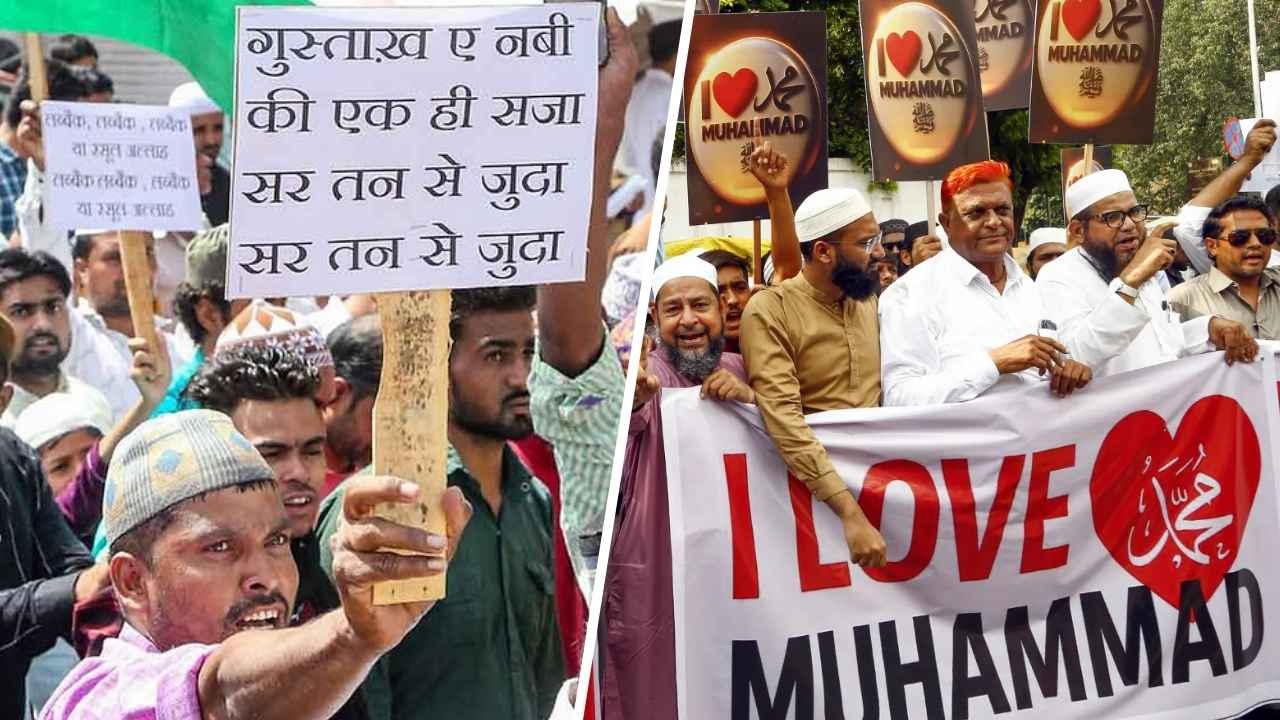
In recent weeks, social media platforms across Bharat have been inundated with lakhs of posts, viral videos, and hashtags proclaiming “I Love Muhammad.” On the streets, loud rallies, chants of “Sar Tan Se Juda,” and provocative displays have turned what initially appeared to be a religious celebration into a nationwide controversy.
The key question is whether these incidents reflect genuine expressions of faith or a coordinated campaign designed to stoke division. Police FIRs, eyewitness reports, and a growing body of evidence suggest the latter - a calculated mobilisation, not a spontaneous outpouring of sentiment.
Roots of the ‘I Love Muhammad’ Campaign
The first spark was ignited on September 4, 2025, in Rawatpur, Kanpur, during Eid-e-Milad-un-Nabi celebrations marking the Prophet’s birth. A glowing board reading “I Love Muhammad” was installed outside Zafar Wali Gali in Syed Nagar.
As a Hindu religious procession passed through the area, clashes broke out after some Muslim youths allegedly tore down Hindu posters using sticks. Police quickly intervened and restored order, but tensions flared again the next day.

According to the FIR, unidentified Muslim youths in a vehicle “deliberately used sticks to destroy Hindu religious posters,” triggering renewed unrest. CCTV footage later confirmed deliberate vandalism.
Station House Officer Krishna Mishra clarified that the FIR was not filed against the “I Love Muhammad” slogan itself but because “certain accused individuals intentionally damaged Hindu posters, creating communal disharmony.”
Despite this, social media narratives quickly twisted the story into one of “victimisation of Muslims,” fuelling anger and misinformation nationwide.
From Kanpur to Nationwide Unrest
What began as a localised dispute soon snowballed into a state-wide and national campaign. Cities including Bahraich, Bareilly, Lucknow, Amethi, Unnao, Kaushambi, and Maharajganj witnessed protests, while the hashtag #ILoveMuhammad trended across platforms.
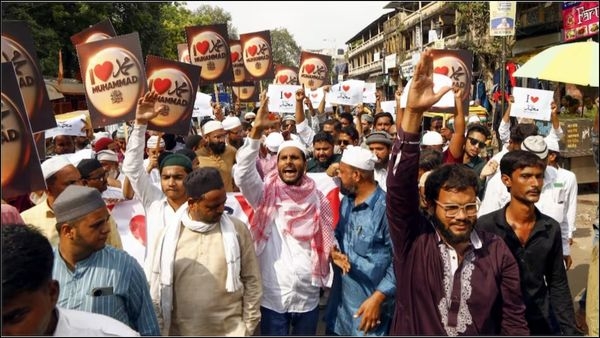
In Madhya Pradesh, mobs pelted stones at a Kali idol. In Gujarat’s Godhra, agitators surrounded a police station. In Uttarakhand’s Kashipur, an unauthorised rally escalated into stone-pelting, vandalism, and assaults on police officers. What was framed as “religious expression” had clearly transformed into a coordinated movement with violent intent.
Violence in Uttarakhand and Karnataka
On September 21, in Kashipur, Uttarakhand, police were attacked during a religious procession. Mobs pelted stones, damaged vehicles, and assaulted officers. Three named individuals and up to 500 unidentified people were booked; fifteen arrests followed. Illegal encroachments in the violence-hit area were later demolished.
A similar pattern emerged in Karnataka’s Belagavi, where on October 3, fanatic youths hurled stones at Hindu homes during the annual Urus procession in Khadak Galli. Witnesses said the crowd shouted “I Love Muhammad” slogans before attacking.
Just days earlier, in Davangere, the same slogan had triggered clashes after a flex banner was torn down. False rumours on social media further escalated tensions, deepening mistrust between communities.
Bareilly Probe: A Deep Conspiracy Exposed
The most alarming revelation came from Bareilly (Uttar Pradesh), where a police and intelligence investigation found that the riots were not spontaneous but pre-planned under the leadership of Maulana Tauqeer Raza.
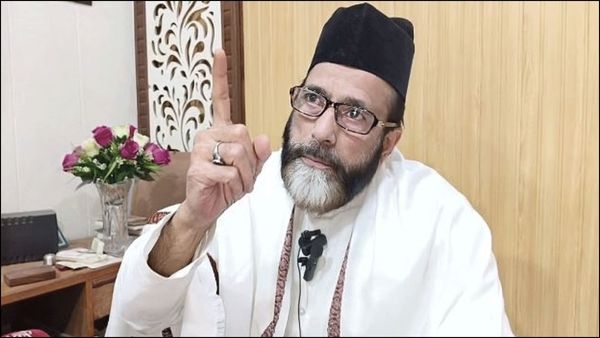
Officials discovered that nearly 40,000 individuals were mobilised from 390 mosques across districts such as Pilibhit, Moradabad, and Rampur. Each mosque reportedly contributed around 100 youths to participate in the unrest. Social media platforms like Facebook and WhatsApp were used to coordinate movements, share meeting points, and spread inflammatory content.
The probe also uncovered that children were pushed to the front lines of riots, apparently to evoke sympathy and complicate police responses. This chilling detail reveals the calculated manipulation and exploitation behind the campaign.
Investigators believe the unrest was deliberately planned around the “I Love Muhammad” slogan to inflame passions and provoke violence.
A Nationwide Pattern of Extremism
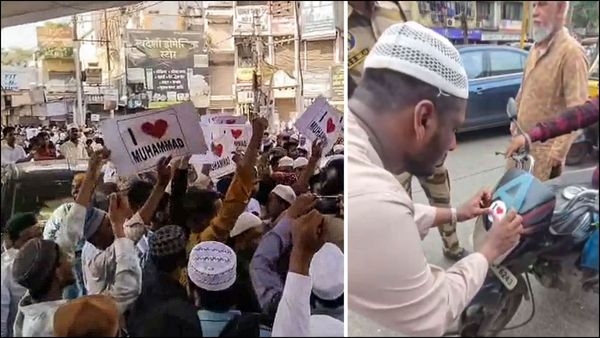
Authorities in multiple states are now treating these incidents as part of an organised attempt to disrupt peace. Police across Uttar Pradesh, Uttarakhand, Gujarat, and Karnataka have increased vigilance and launched crackdowns on extremist networks.
Officials warn that “misleading narratives” are still being spread online to provoke further unrest. Despite repeated appeals for calm, sporadic protests continue to erupt in several towns.
Conclusion: From Faith to Fear
What began as a local incident in Kanpur has morphed into a national law and order challenge, exposing the dangerous underbelly of radical mobilisation. Behind the slogans of “I Love Muhammad” lies a well-orchestrated campaign that weaponises religious sentiment for political and ideological ends.
Bharat’s unity and communal harmony are being tested by forces seeking to turn devotion into division. The challenge now lies in ensuring that faith remains a matter of the heart, not a tool for hatred.
Article by
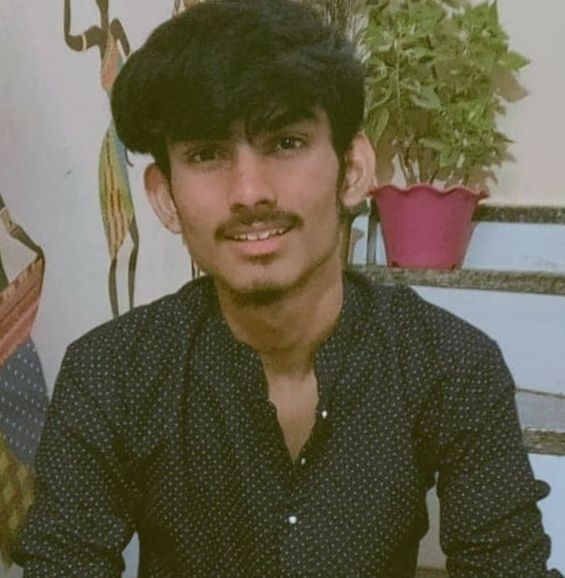
Kewali Kabir Jain
Journalism Student, Makhanlal Chaturvedi National University of Journalism and Communication